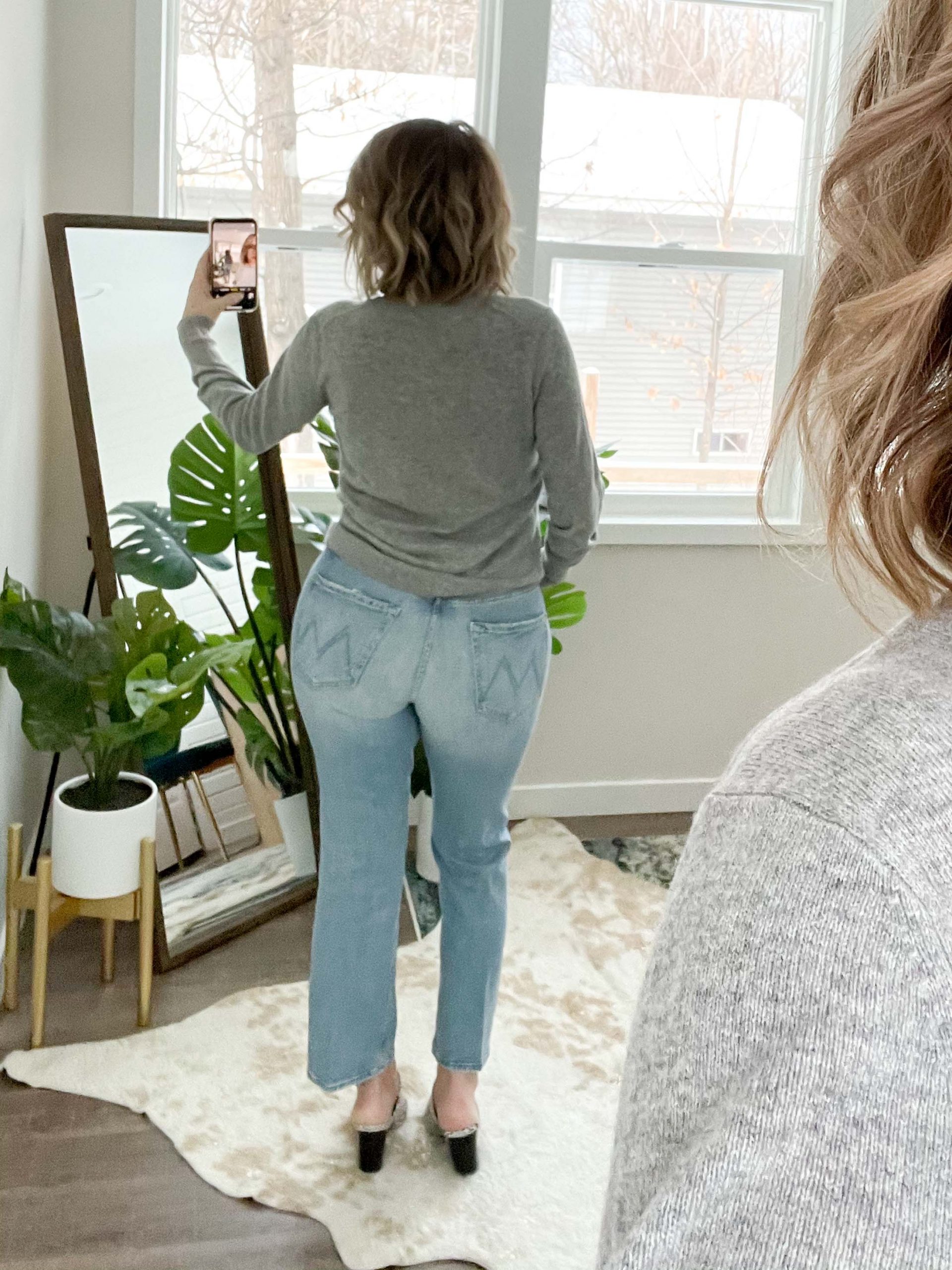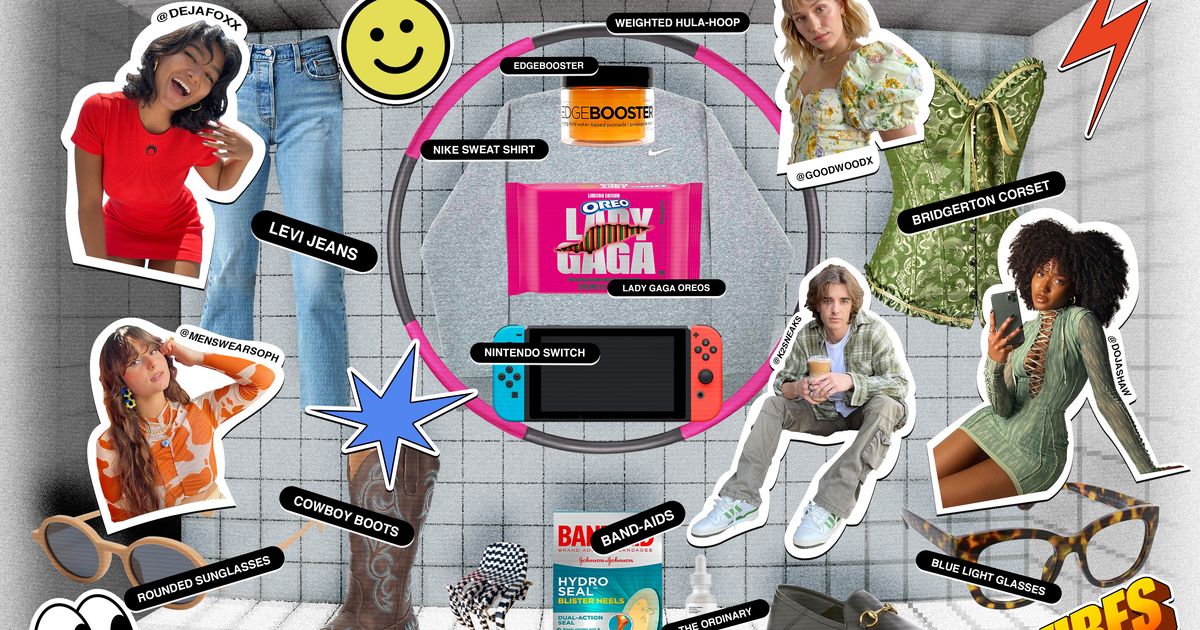
Coloro is a color-based software that allows you to unlock your creativity by decoding colours as they appear in the human vision. It is a system that uses intuitive design and logical codes to help fashion and textile professionals achieve the exact colors they want - on their first try.
Colour-trends
A color trends is a theme that has emerged and affects a large number of products. The color trend can affect everything from clothing and furniture to technology and packaging. It's influenced by everything from popular culture, art and movies to industry authorities like Pantone.
This highly technical process combines science, research and testing in order to predict future trends. Designers and color specialists collaborate on trend-forecasting to help shape the new generation of colours.
To form a quantitative base for their predictions, they begin by analysing field reports, consumer studies and product split-tests. They then use this data to build a color palette of future trends.

Color trend forecasting provides the companies with all of the information needed to design products and services that are complementary to their customers' expectations and preferences. This can make a big difference to the bottom line.
WGSN & Coloro announce Apricot Crush. A restorative and refreshing hue, it will help consumers cope with a range emotions and uncertainty about the near future. The color also connects to different sensorial experiences including healing and self-care practices.
This color is soft, sun-bleached and reminds us of the vibrant oranges and apricots that are rich in vitamins and antioxidants. It's a restorative shade that's ideal for a range of interior products, from glass and textiles to bath and bedroom furnishings.
Apricot Crush gives home products a warm glow, both inside and outside. It's a neutral shade that can be paired with other shades.
The color is a neutral one that has been embraced by youth markets. Its use will be widespread in 2023 across consumer electronics, homewares and digitised wellness. This color will be important for hair, skin and fragrance.

Color is a critical element of brand identity, communicating the personality and purpose of a company or product. It is an effective way to distinguish a product and influence consumers to purchase it.
The use of analogous shades, or colors that are next to each other in the color wheel, can create a calming effect that is useful for film and photography. The colors can also be used in mood boards and to create harmonies for the brand's aesthetic.
Digital Lavender, which is already well-established on the youth market, will be a key color for consumer electronics and mood-boosting lighting in 2023. Its sensory quality makes it ideal for a variety of self-care practices and healing.
Coloro teamed up with WGSN for the Color of the Year of 2024. It combines the color innovation of Coloro with the trend forecasting skills of WGSN. Intense Ruby, Midnight Plum Sustained Grey Cool Matcha and Intense Purple will be joining the group.
FAQ
What role does Instagram play within the fashion industry
Instagram has been an extremely successful platform for brands to connect directly with influencers. It's no surprise, as it allows them to reach a large audience.
But reaching an audience is only part of the equation. Influencer marketing is all about engagement. It's about creating connections with your followers. This takes time.
It's all about consistency and reliability. It's about posting high quality content on a regular basis. And about responding to comments and questions.
Instagram is great for engaging your followers. However, Instagram isn't a great platform to sell products. Other social media channels are available for this purpose.
How does technology impact the fashion industry
Today's consumers are using technology to shop and to buy clothes. They use smartphones and tablets to browse through different stores and compare prices. Sometimes, they use apps to scan products and receive instant feedback from other shoppers.
This is especially true for those who want unique or hard-to-find clothing. Online shopping has made it easy to find designer goods. You don't even need to visit physical stores in order to buy your favorite brands.
What is Gen Z's interest in 2022 and what are they looking for?
The future belongs only to those who are prepared for it. Understanding where we're going and how to get there is essential. This requires us to look at the trends in our world more often.
However, it is also about looking ahead, anticipating and preparing for the new technologies that will revolutionize our lives.
This is why we are here to learn, share knowledge, and help each other solve problems. Because the future will depend on us. We have to make sure it's bright.
We need to be able to see the past and predict the future in order to do this. Data is necessary to accomplish this. We need lots of it. Data that tells us what young people care about now and what they'll be caring about in five years.
Data that helps us understand what motivates and frustrates our customers. Data that can help us understand what's most important to them.
What do teens buy most?
There is a lot of data about consumer trends. But none of this data can be used to make any decisions. We looked at the data and decided to do our own analysis. We wanted to know which products and services teenagers purchased. We also looked at how the purchases have changed over the years.
Even we were surprised at the results. The results showed that teens are quite frugal when shopping. Teens spend more on clothes than any other age group, except for books. Technology is where they spend the most.
Teens are also big users of tablets, mobile phones, and computers. Kids aged 13-17 spent almost $2 billion last year alone on these devices.
The thing that stands out about teens is their lack of spending on apps. Apps make up less than 1% of teen smartphone usage.
That means most of them are using smartphones to browse the web. They're using Facebook and Snapchat. They are avid gamers on Xbox, PlayStation and Nintendo.
In short, they use their phones to connect with friends, watch videos and play music.
This is a very interesting trend. It suggests that teens are more dependent on mobiles.
They're also spending more time watching TV. The average teenager spends more time watching TV per week than any other age except children aged 5 to 9.
There are many factors that TV users turn to. It's easier for them to control. They prefer to use traditional media even though there are many digital options available.
It offers more variety. Kids love to switch channels, so they'll often pick up whatever's on instead of sticking with one channel.
It's simply fun. Teenagers like being able to interact with characters on screen, whether it's talking to their favorite celebrities or exploring worlds where they can become heroes themselves.
All this aside, they don't like the quality of what they're viewing. Common Sense Media surveyed parents and found 90% said they would prefer that their kids watched less TV if it meant watching better shows. Two-thirds would prefer their kids to play videogames than watch TV, according to Common Sense Media.
This shouldn't come as too much of a surprise. This is not surprising considering that we know that obese kids are more likely those who watch TV more. Harvard University has just released new research.
It was discovered that watching TV for an additional hour per day is associated with a 2.5 point increase in the BMI of children aged 6-11.
It might be time that we think about ways to help our children move away from screens. Perhaps we should make sure that they have healthy snacks and beverages available.
Perhaps we should encourage them instead to engage in sports. The latest figures show that physical activity levels are declining across all age groups. We must change this.
There are many things that we can do to improve the health of young people. All you need to do is look at the evidence.
Statistics
- and what they are traveling for, with 78% of respondents wanting to impact the community they visit positively.1 Eating & Shopping at Small businesses (americanexpress.com)
- 70% of parents surveyed agree that in 2022 they are planning to take their first international trip with their children since before the pandemic. (americanexpress.com)
- While 19% of respondents state they didn't travel in the past two years, other families' favorite experiences included: domestic travel (19%), beach resorts (12%), road trips (11%), international travel (10%), staycations (7%), camping (6%), and more.1 (americanexpress.com)
- As experts quabble over the official call, most consumers are already experiencing economic uncertainty: 52% say their household income is unstable, up 36% from three months ago, and 73% have either reduced or maintained their overall spending levels. (junglescout.com)
- 55% of respondents agree they want to book a once-in-a-lifetime vacation in 2022. (americanexpress.com)
External Links
How To
Which consumer trends are you most familiar with?
Trends are predictable changes in consumption patterns.
They may not be predictable, but they do tend to follow a pattern. There are two types, cyclical trends and secular trends.
Over time, cycles tend to repeat themselves. As an example, three decades of economic expansion has seen consumers spend more money every year. These cycles tend to be short-lived. In fact, spending declined in the recession of last decade.
Secular trends are changes that take place over a longer time period and last long. These include technological advancements such as the internet or mobile phones. These trends are often driven primarily by changes in lifestyles and tastes, and do not necessarily correspond with economic activity.
Online shopping is the clearest trend. Consumers are shifting away from brick-and–mortar stores to buy goods online. Another important trend is eCommerce. eCommerce has experienced a rapid growth rate in recent years.
Another important trend to watch is the growth in social media usage. Social media is now ubiquitous and used by millions worldwide. Social media platforms like Facebook and Twitter, Instagram and Pinterest, as well as Snapchat, are used widely by consumers to share information, voice opinions and communicate with family and friends.
Another trend is the increased use of wearable technology. Smartwatches and fitness trackers, smart clothes, and contact lenses are all commonplace. Wearable tech devices can be used to monitor and control our health, as well as our environment and to interact with the rest of the world.